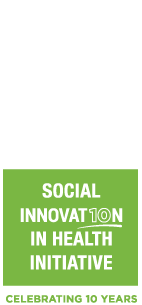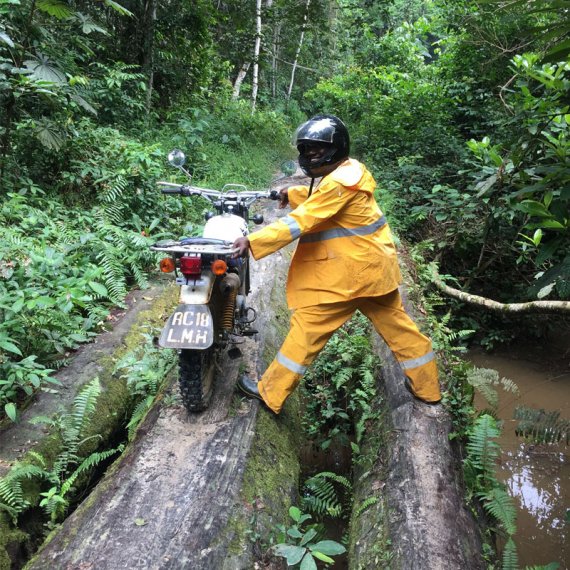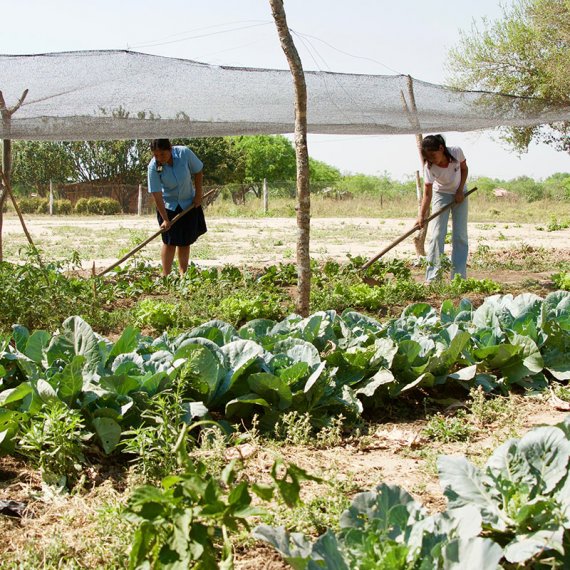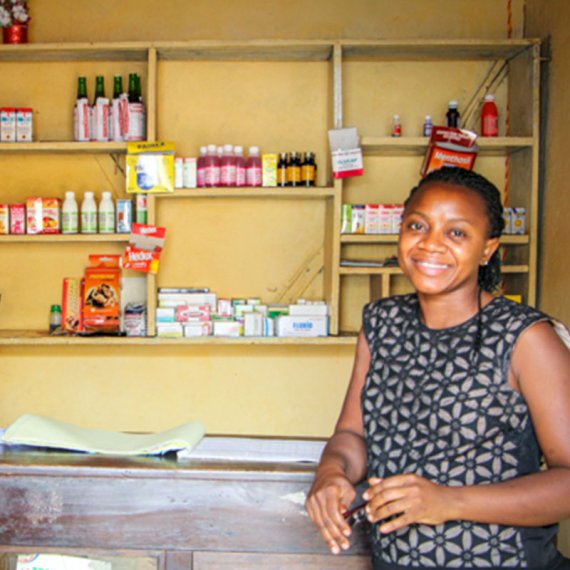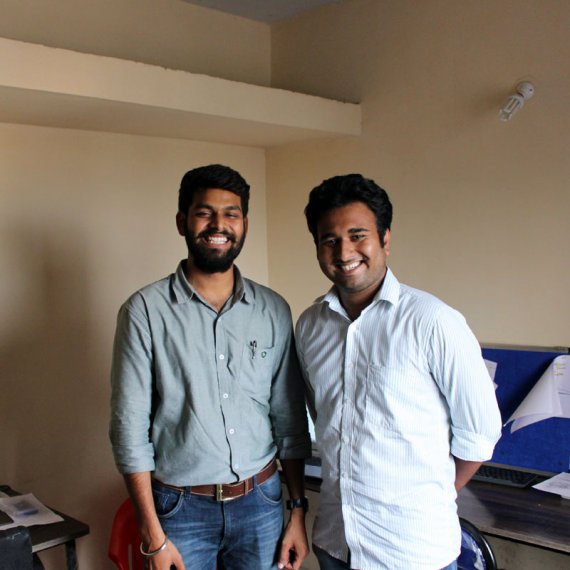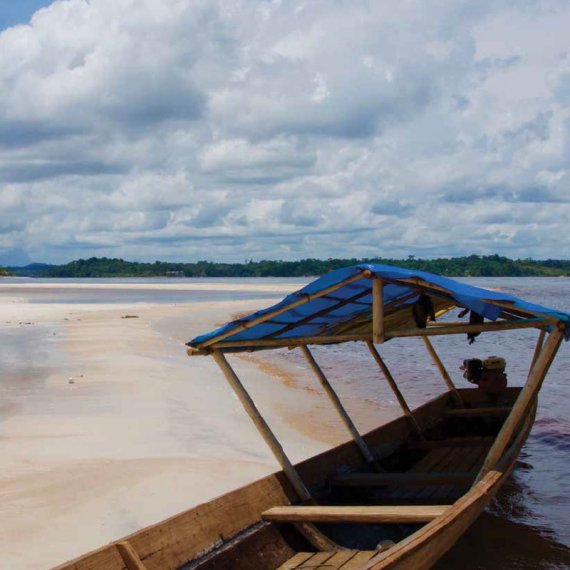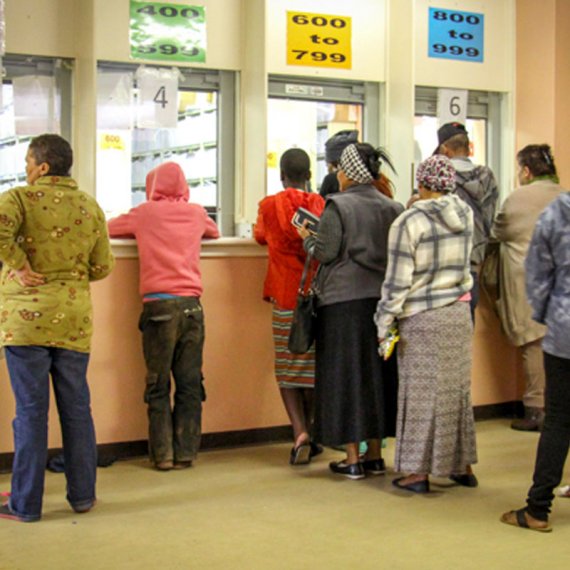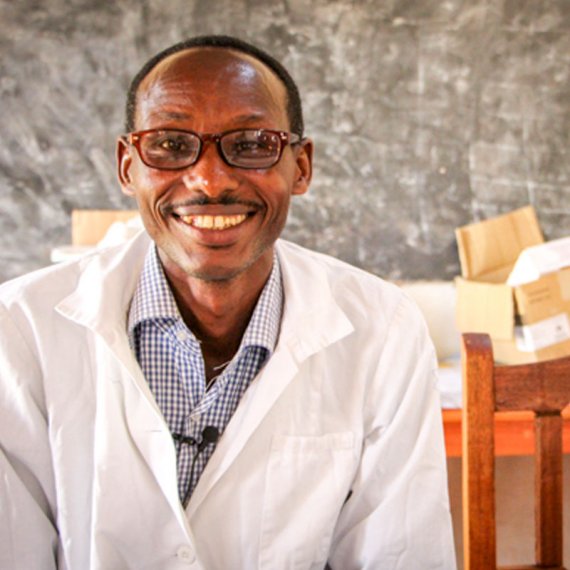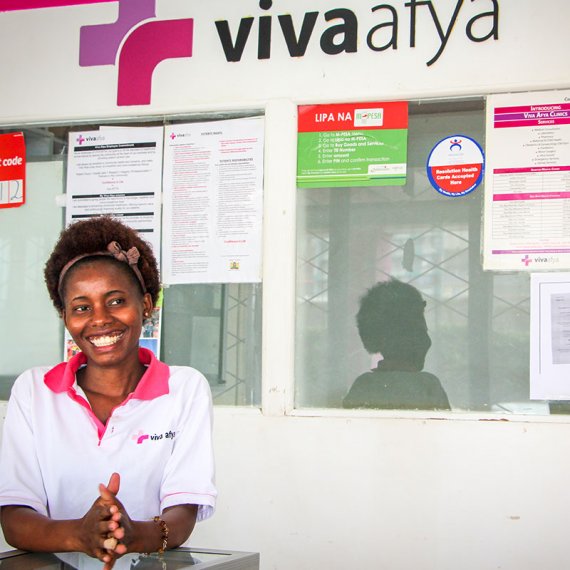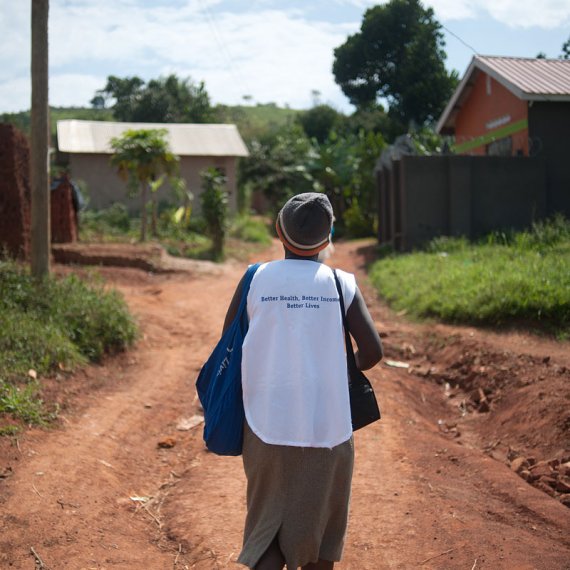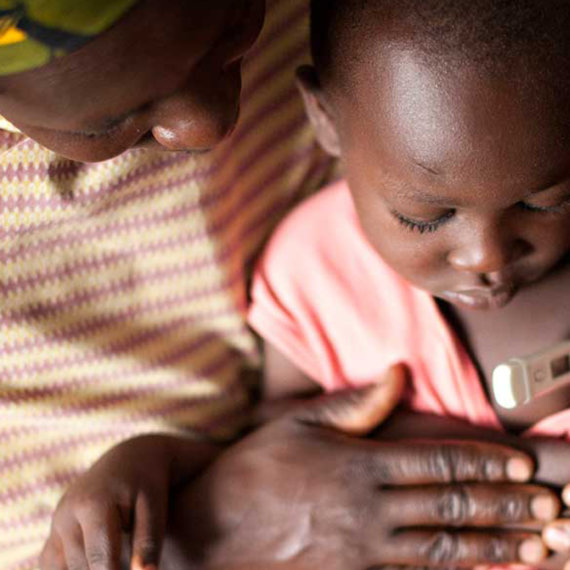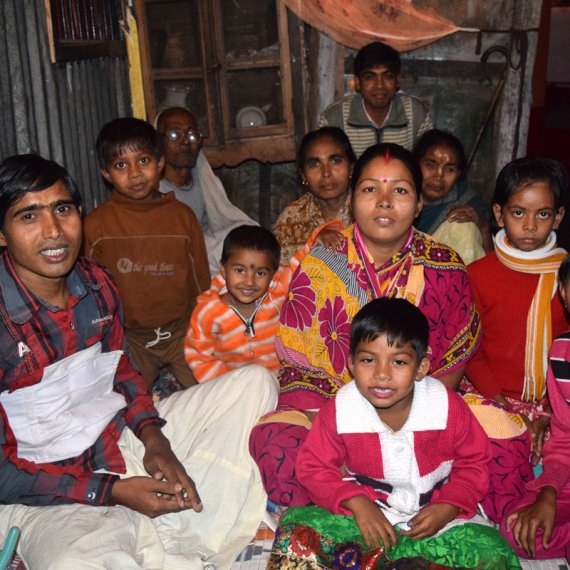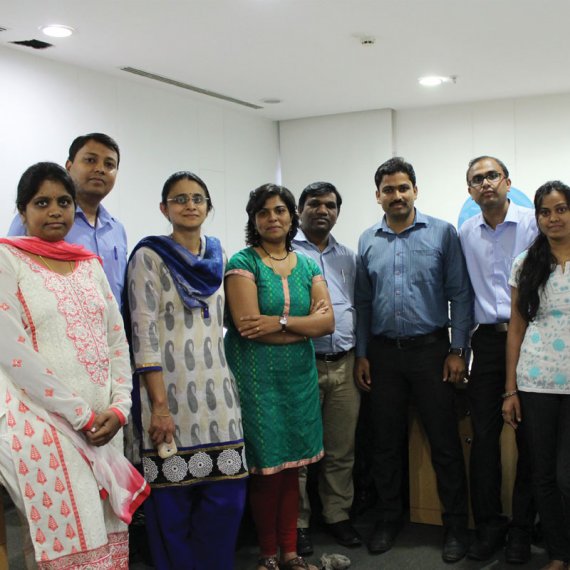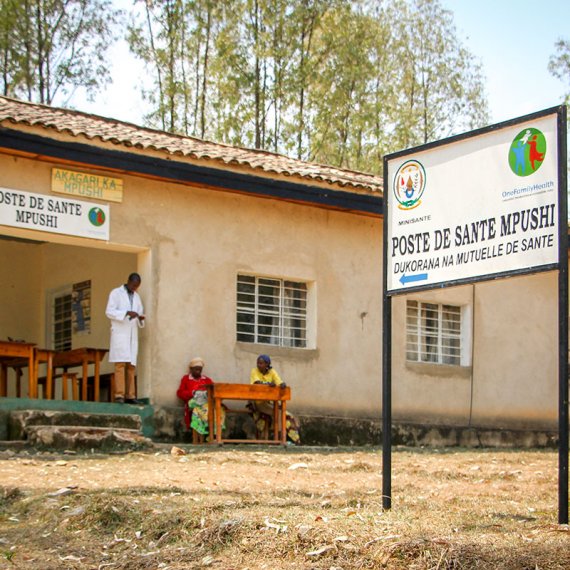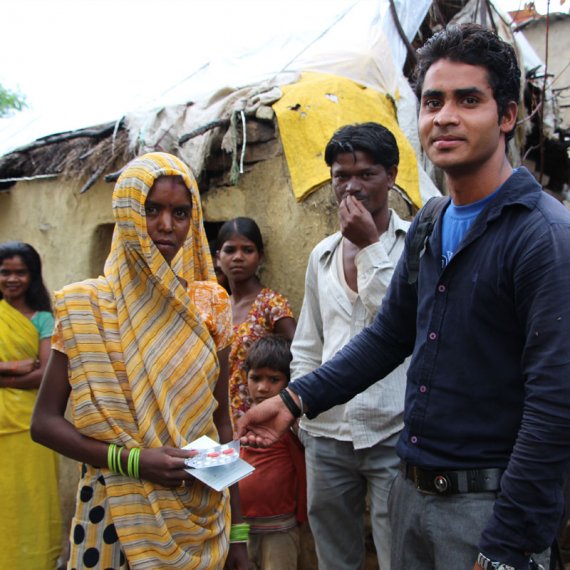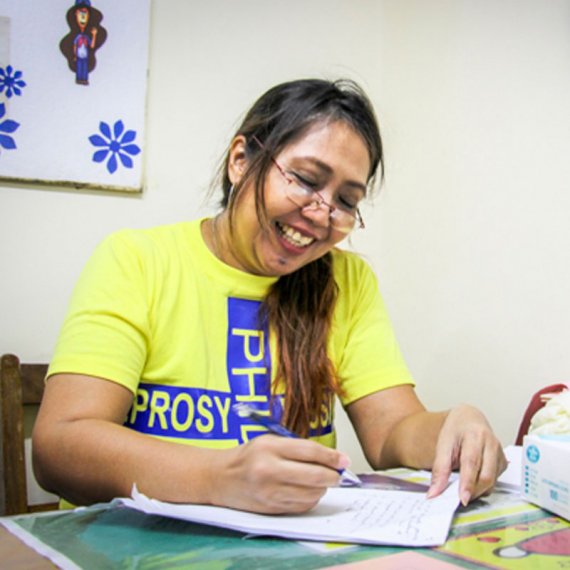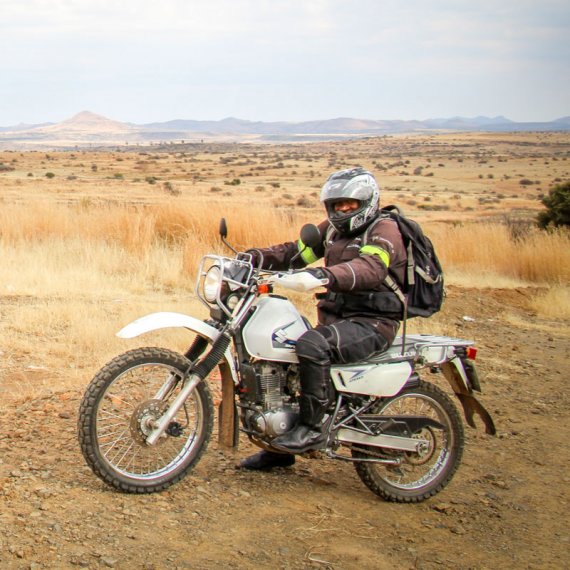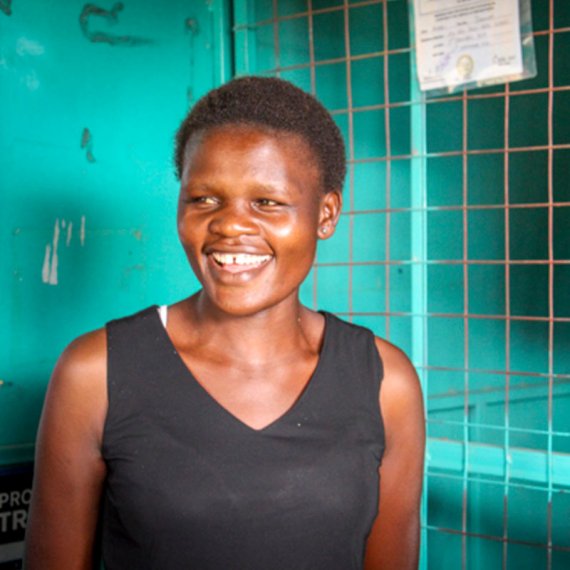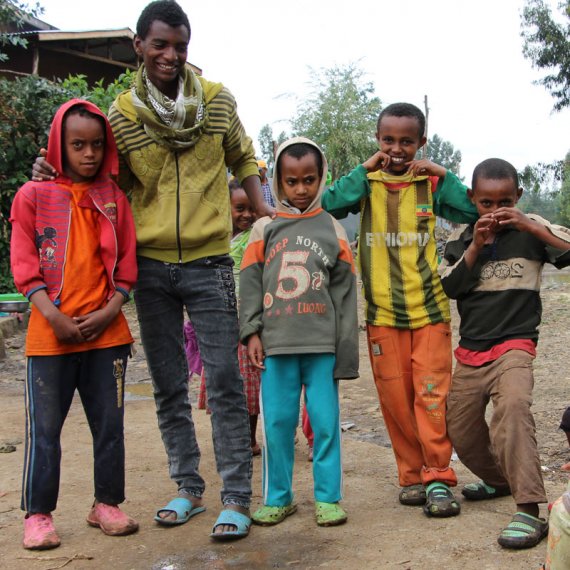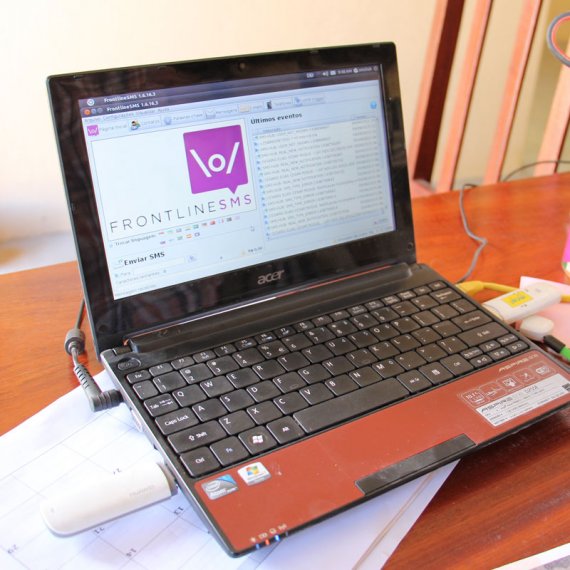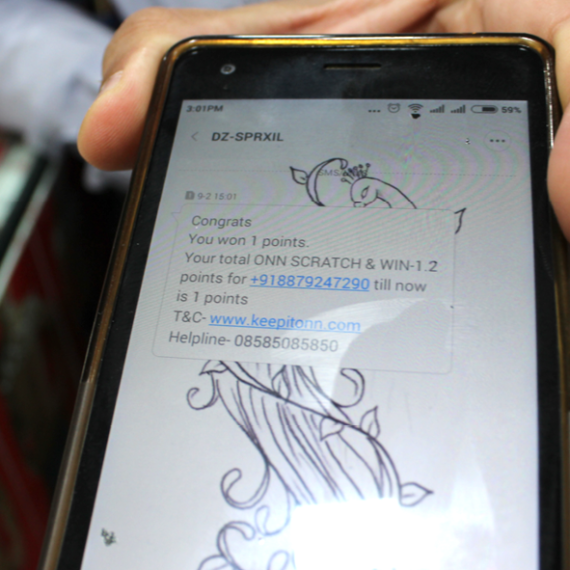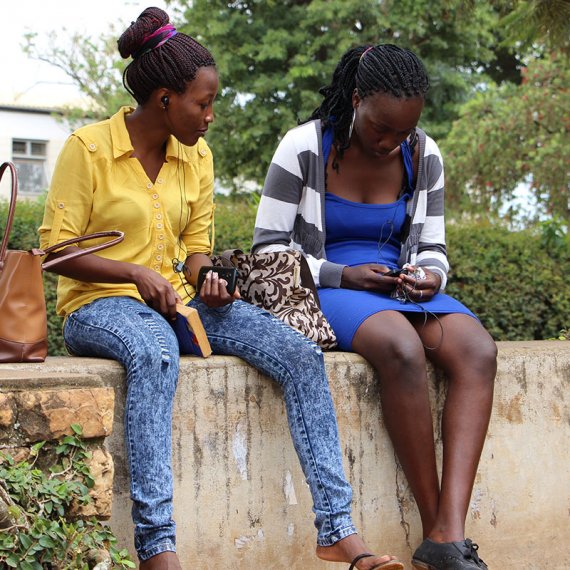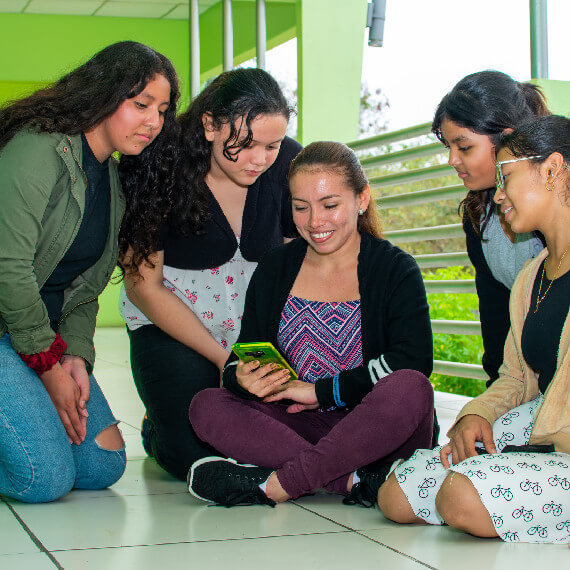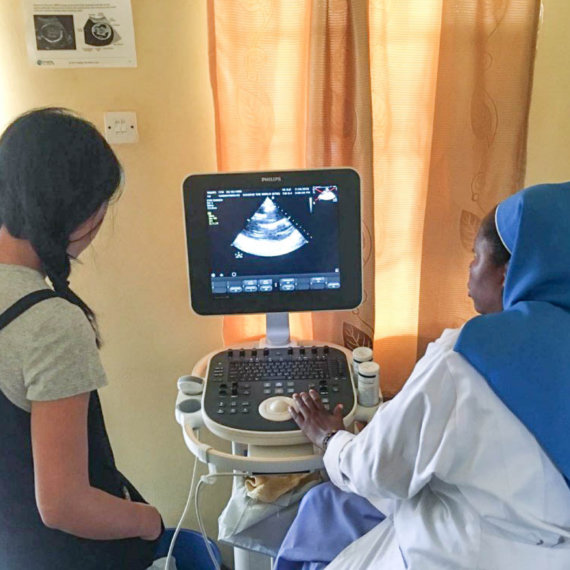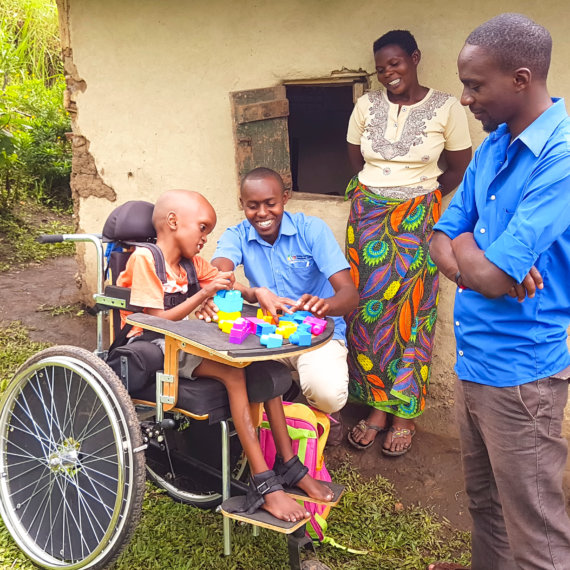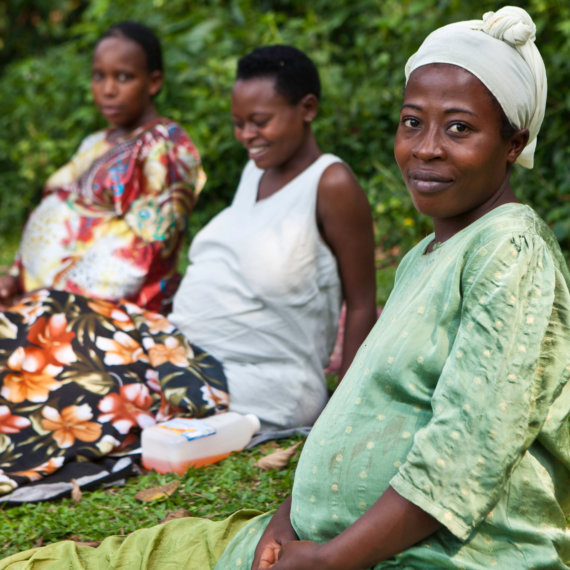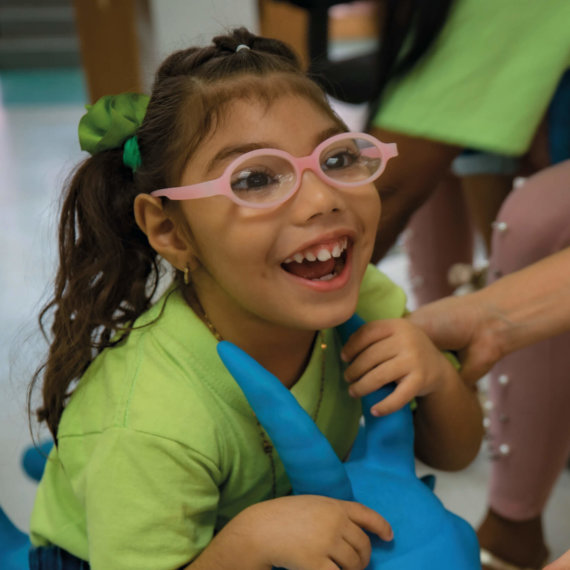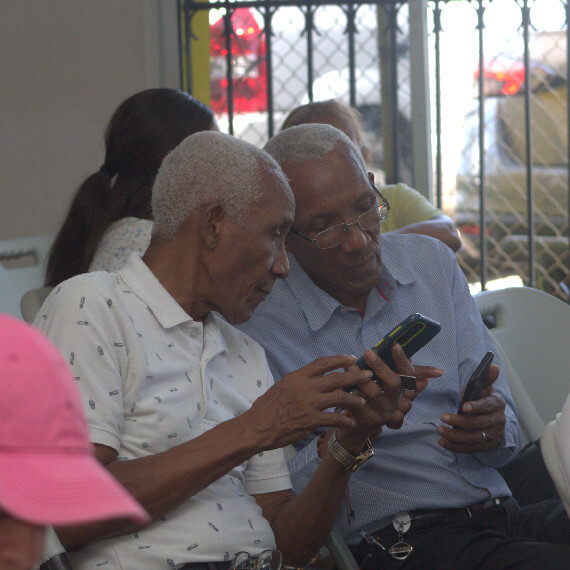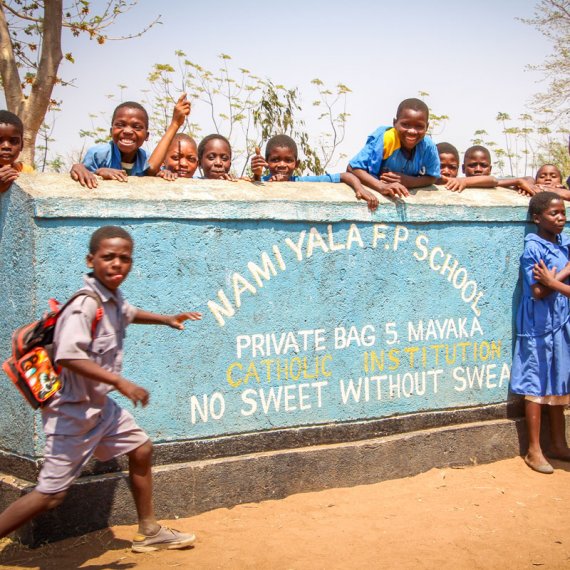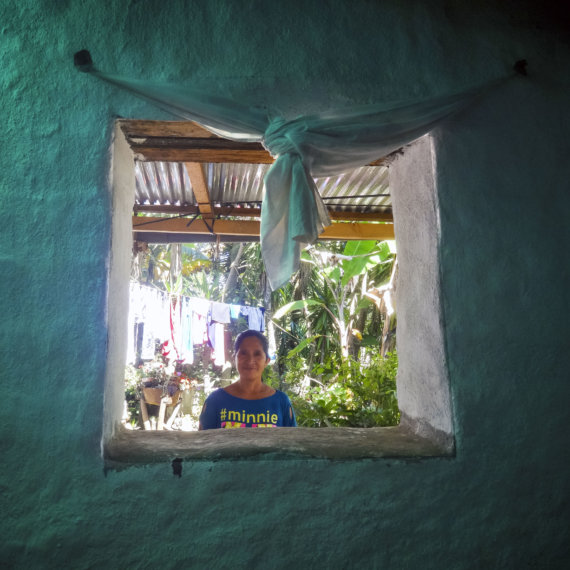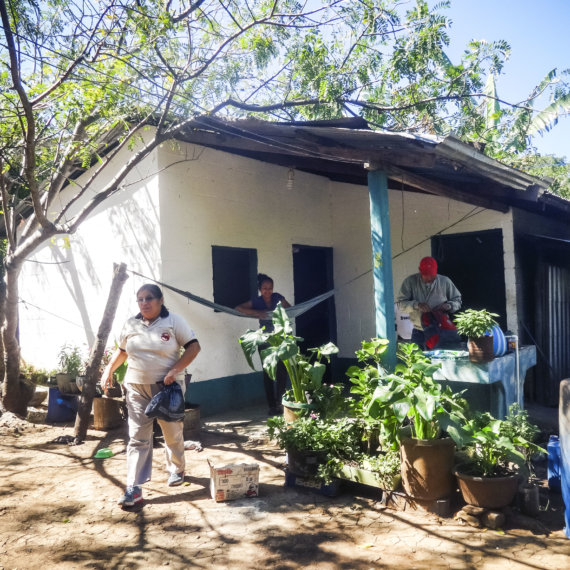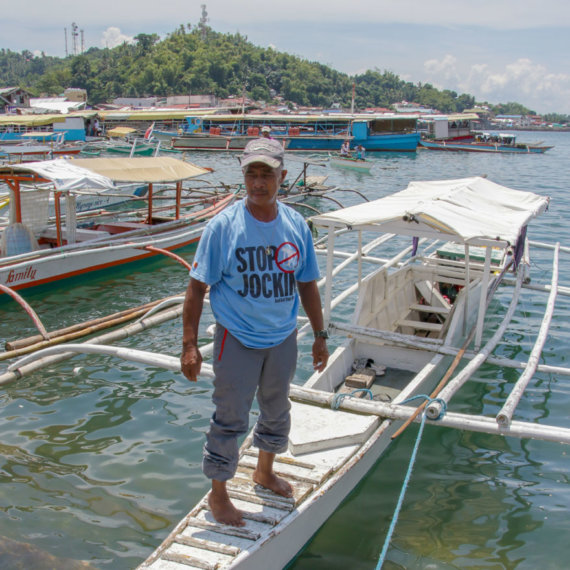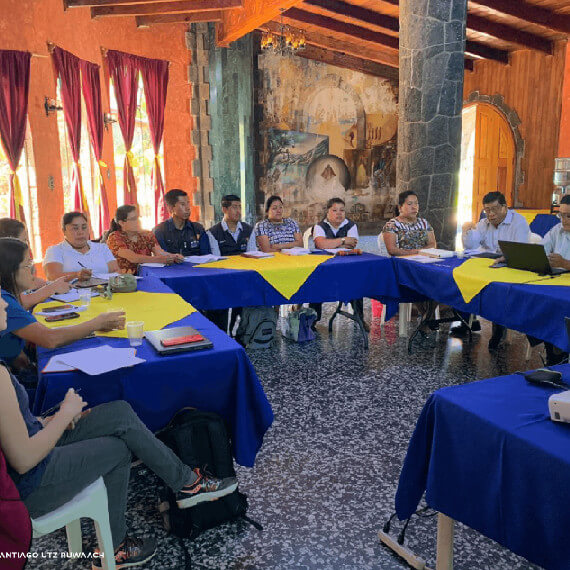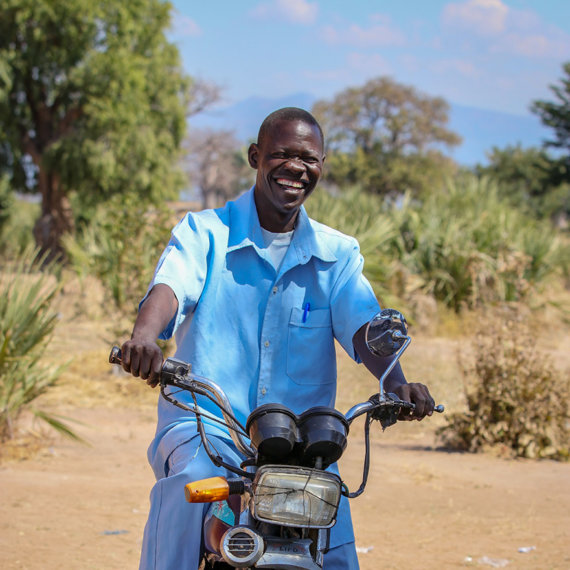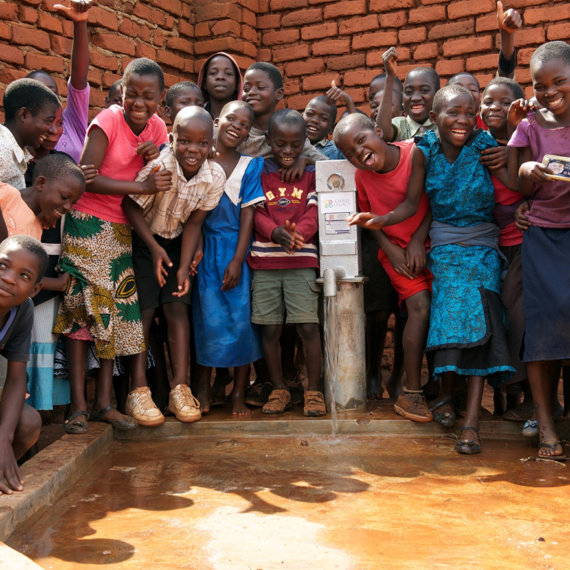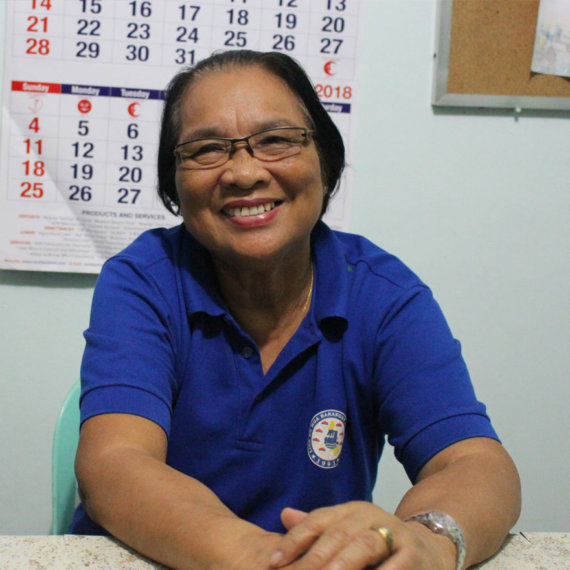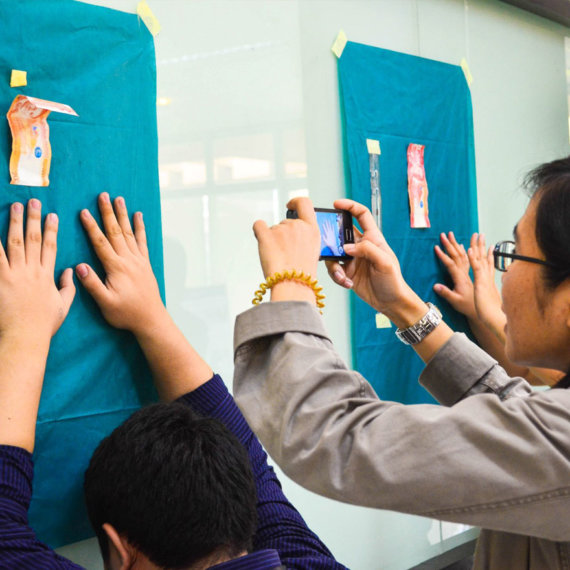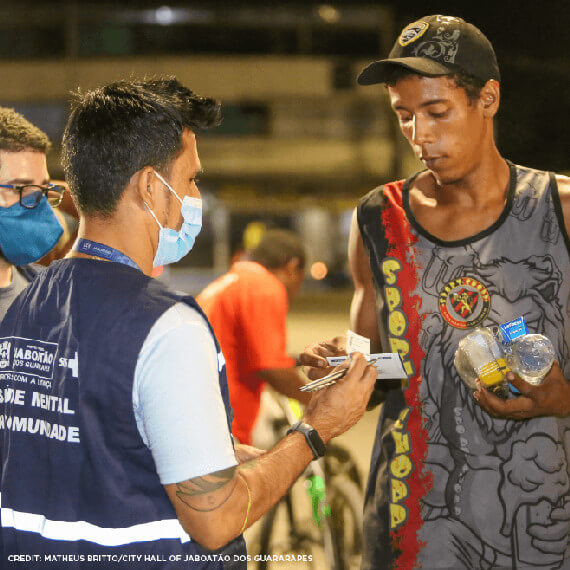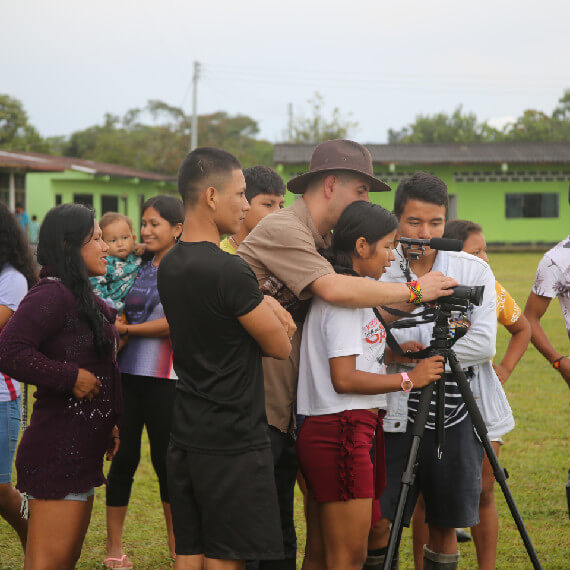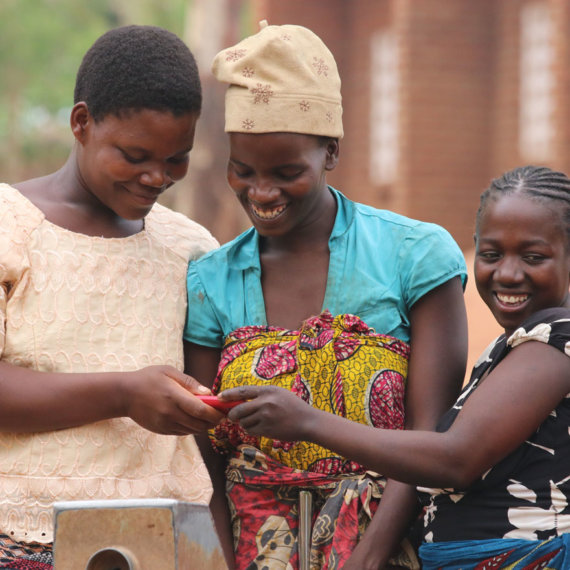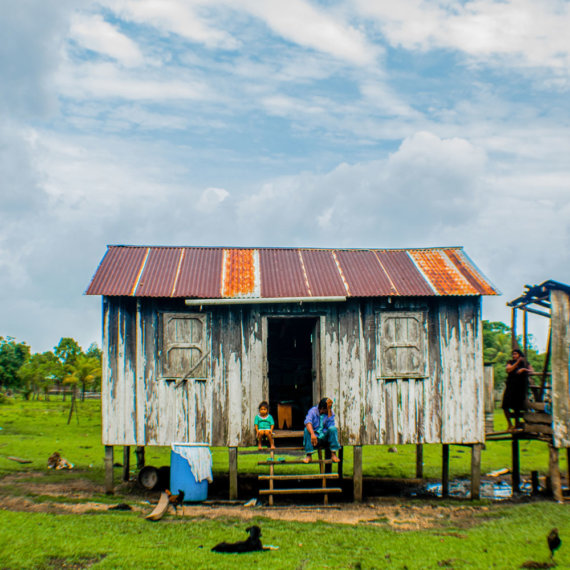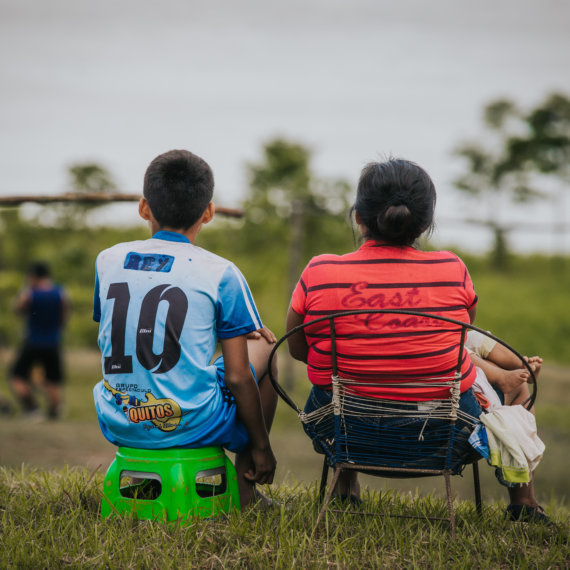CENTRE FOR THE DEVELOPMENT OF SCIENTIFIC RESEARCH (CEDIC)
A community-centred research approach inviting inclusive participation of all stakeholders to develop new context-specific solutions to address Chagas disease in the Chaco region of Paraguay.
CONTINENT
Latin America
Country
Paraguay
Organizational structure
Nongovernmental organization
Health focus
Neglected Tropical Diseases, Chagas Disease
Areas of interest
Health research, Indigenous peoples, Community mobilization
Health system focus
Service delivery
CHALLENGES
The Centre for the Development of Scientific Research (CEDIC) adopts a community-centred research approach, inviting inclusive participation of all stakeholders to develop new context-specific solutions to address Chagas disease in the Chaco region. Chagas disease is a potentially life-threatening illness affecting between six and seven million people worldwide. It is responsible for 21 000 deaths annually (World Health Organization, 2016). In Paraguay, Chagas disease is endemic to the Gran Chaco region. The Chaco is a vast semi-arid geographic area in western Paraguay. Although sparsely populated, it is home to 115 944 indigenous persons or 2% of the population (Technical Planning Secretariat for Economic and Social Development, 2015). According to the Paraguayan 2012 census, 455 of the country’s 711 indigenous communities do not have health facilities of any kind, and where they do exist, the services are often insufficient.
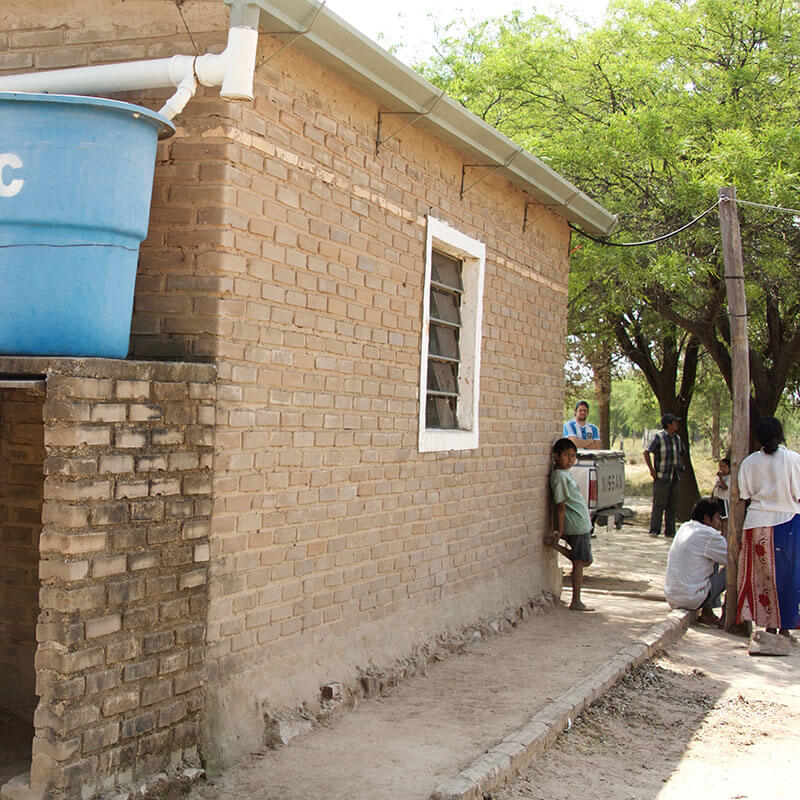
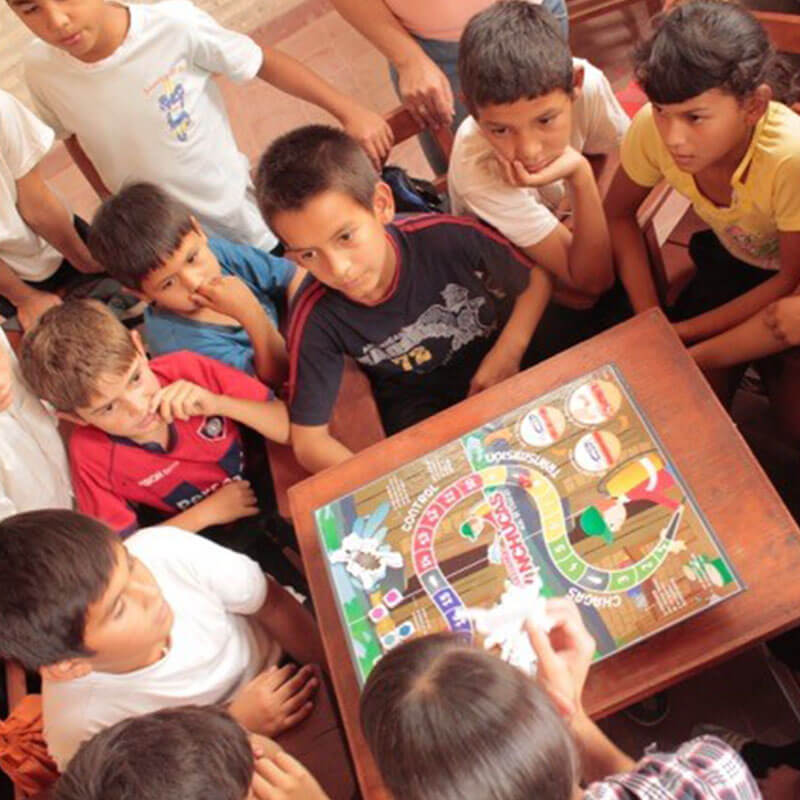
The constraints in health care service provision pose a major challenge for preventing and managing Chagas Disease (United Nations Human Rights Council, 2015). CEDIC recognized the need for a community-owned approach to tackle Chagas disease. Its inclusive co-design process allows for the development of an integrated pipeline of innovative product and process solutions. CEDIC draws from its rigorous research experience and its established relationships with local stakeholders such as universities, local municipalities and the national government. Together with its collaborators, CEDIC operates as a “Living Lab”, applying principles of co-design and user-centred research. By building relationships with various stakeholders and applying for international grants to finance its projects, CEDIC has been encouraging research and enabling collaboration between institutions and local communities. Although primarily funded through research grants, CEDIC is considering ways to diversify funding and become more sustainable.
“Every year there is a national emergency declared because of drought and flooding in the indigenous communities. This is not an emergency anymore. It’s a chronic problem that needs a lasting solution.”
– Founder, CEDIC
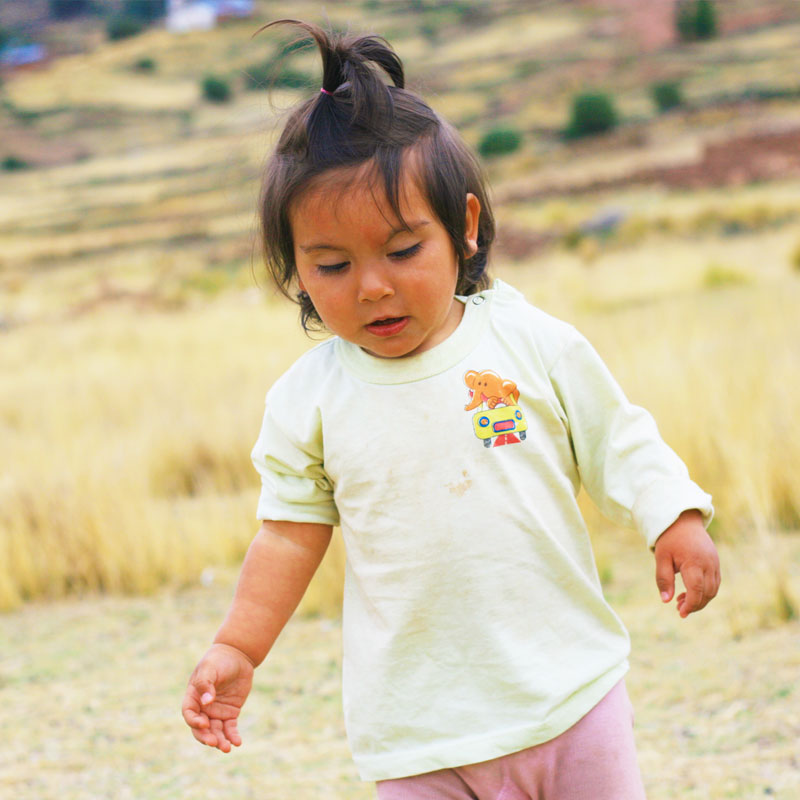
INTERVENTION
CEDIC has yet to quantify the impact of its work in the Chaco. Its impact on the socioeconomic welfare and health outcomes of the communities; the incidence of Chagas and the infestation rate of triatomines cannot be fully measured due to difficulties in obtaining reliable baseline data and determining confounding variables. The National Program for Chagas Control of the Ministry of Health, however, reported a decline in the infestation rate in homes in affected communities from 30% to 12%. Community leaders expressed their satisfaction with CEDIC’s approach and were pleased that CEDIC continues to understand their needs and to work on more projects with them.
CASE INSIGHTS
The CEDIC case study illustrates that communities can define new research priorities for academics. They can also actively participate in designing new interventions in response to these priorities in collaboration with experts and academics. By engaging and involving community members it increases their ownership of the implemented interventions in the community. The way CEDIC operates provides an example of how the role of research can extend beyond the generation of new knowledge. Instead, research can also provide an opportunity to mobilize a broader, cross-sectoral group of experts and community members to help solve challenges faced by marginalized communities.
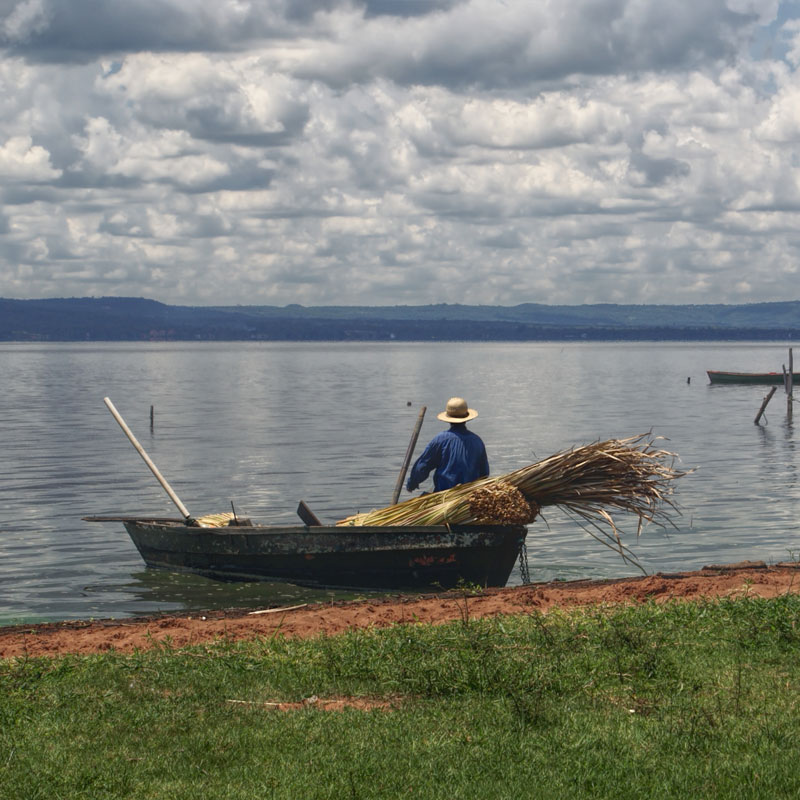
“We like working with them, they are the only ones that keep coming back [and helping us].”
– Community Leader, Chaco Region
